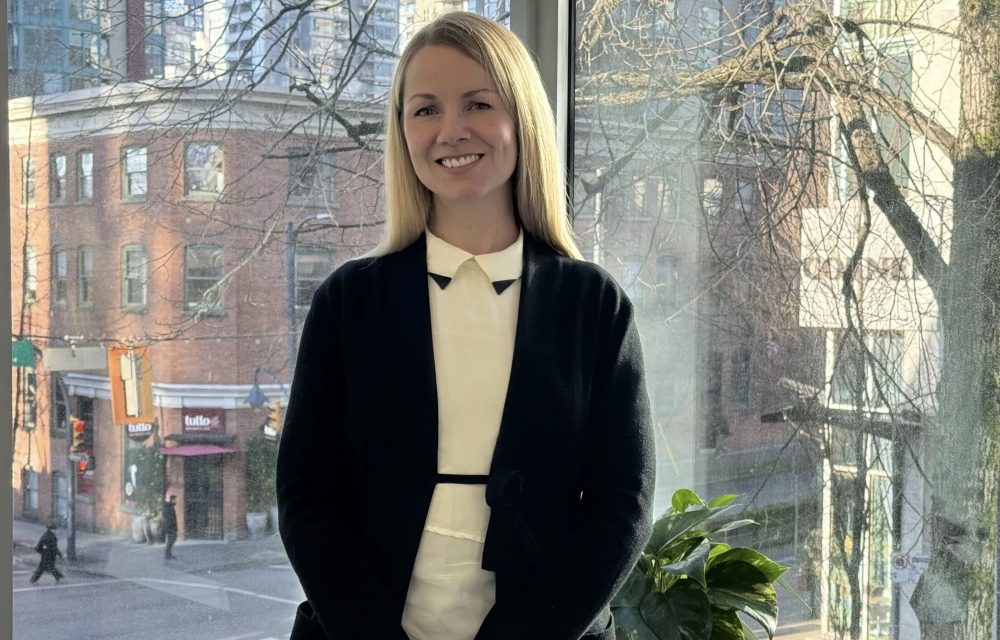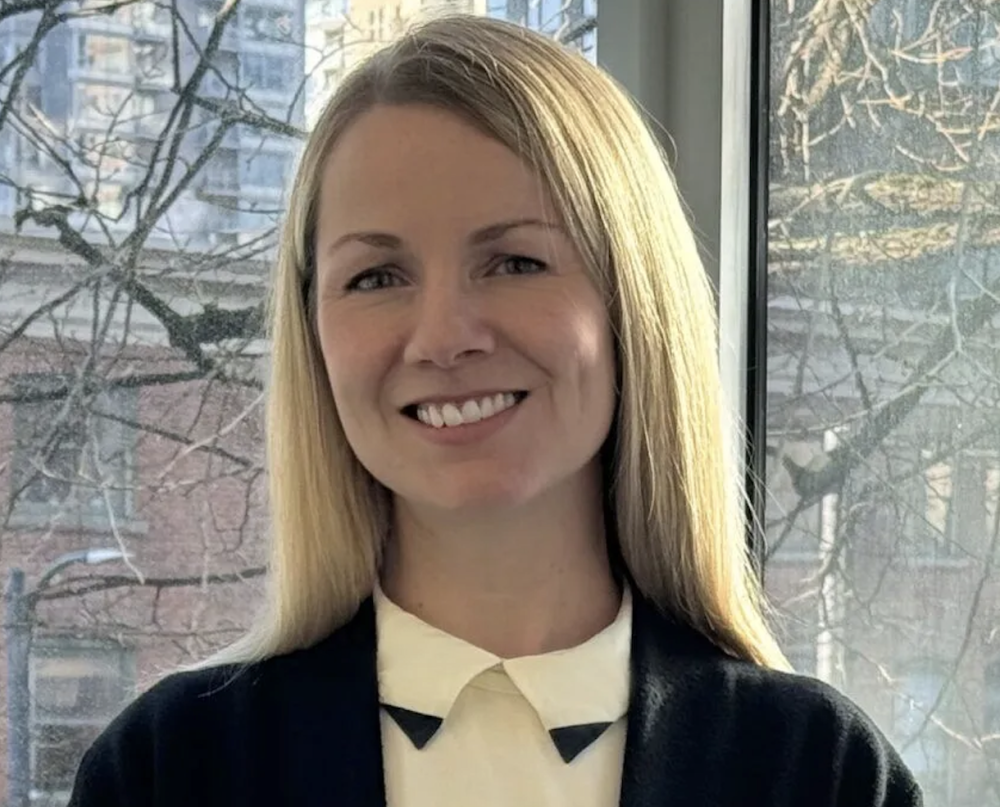Taming the data beast: Turning exploration chaos into clarity with smarter tools for faster finds and better decisions underground


, , , , , , , , ,
, ,
,
As mineral exploration enters an era defined by data complexity and digital transformation, one of the biggest hurdles geoscientists face is not a lack of information, but too much of it.
From historic records to modern geochemical assays and high-resolution core imagery, exploration teams are swimming in data. Yet, as Janina Elliott, Segment Director - Mining at Seequent, explains to The Rock Wrangler, harnessing this wealth of information is often easier said than done.
“Geologists are increasingly dealing with diverse and unstructured datasets stored across different platforms and locations,” says Janina. “While these datasets are immensely valuable, the effort required to find, clean, and interpret them is time-consuming and takes professionals away from their core responsibility: exploration.”
For Janina, the goal is to eliminate the data conundrum that can plague projects from greenfield to active mining. By unifying workflows and enabling seamless collaboration, Seequent’s integrated ecosystem is empowering mining and exploration professionals to interpret the subsurface with greater speed, confidence and clarity.
Connecting disciplines, reducing silos
At the heart of this shift is Seequent’s software suite: Leapfrog Geo, Central, Target, Oasis montaj, MX Deposit, Imago, and the next-generation Seequent Evo platform. Each product has a specialised function, but together they operate as a tightly connected ecosystem that brings geologists, geophysicists and geochemists onto the same page.
“Our tools are designed to bridge disciplines and create a shared understanding of the subsurface,” Janina explains. “Imago, for example, provides instant access to high-quality core imagery, while MX Deposit centralises drillhole and sample data. Target and Oasis montaj are geared towards early field and geophysical interpretation, and Leapfrog Geo enables rapid 3D modelling. Central is the collaborative hub that ties it all together.”
Driver, a new native Evo platform further enhances interoperability by bringing together disparate datasets to support trend detection and geological insight. The result is a more streamlined and cooperative approach to modelling, analysis and decision-making.
“This level of integration reduces manual handling and duplication,” says Janina. “It accelerates the interpretation cycle and helps teams work from a single source of truth, especially in fast-moving exploration environments.”
Dynamic updates and version control
One of the standout benefits of Seequent’s system is its ability to dynamically update models based on new inputs. For example, when fresh exploratory data is added in Leapfrog Geo, it can automatically trigger a re-estimation in Leapfrog Edge, which is then republished to Central. This closed-loop workflow ensures stakeholders are always aligned, with the latest models accessible in real time.
“In Central, teams can access different model versions, track changes, and maintain a full audit trail,” Janina notes. “You can publish, review, and annotate models in a secure environment, making collaboration much easier, even across distributed teams.”
This is particularly powerful in an industry where exploration is often decentralised, and geoscientists may be spread across continents. Seequent’s tools help bridge these physical divides with digital transparency.

The AI advantage: Evo platform and beyond
Looking to the future, Seequent is investing heavily in AI and machine learning to further automate interpretation, improve accuracy and reduce subsurface uncertainty.
The company’s cloud-native Evo platform – launched in March this year – is the spearhead of this evolution.
“Evo streamlines geoscientific workflows, enhances decision-making and integrates with third-party tools via an open architecture,” says Janina. “It’s about enabling tailored, AI-driven workflows across the mining value chain that match the unique needs of each organisation .”
From exploration and resource estimation to mine planning and production, Evo looks to deliver tangible value at every stage of the mining value chain.
Evo is geared towards external systems that can connect with Seequent’s solutions. It offers tools that enable data from third-party products to connect into Evo and gives users the option to build their own tools if they can't use these. The open data format acts as a common language for all geoscience data, meaning it's not locked in a proprietary format. This gives teams flexibility without the need to overhaul their existing infrastructure.
“Interoperability is crucial, especially for companies with legacy systems or hybrid data environments,” Janina adds. “With open APIs and flexible import/export tools, we give teams the freedom to build workflows that work for them.”
Case in point: imaging transformation
One of the clearest illustrations of Seequent’s impact comes from a leading Australian explorer focused on clean energy minerals. Faced with the monumental task of managing more than 50,000 geological images across 600 drill holes, the explorer needed a solution that would bring order to chaos.
“They adopted Imago to streamline core photo management, migrating their entire image library into a single searchable platform,” Janina explains. “Now they can instantly retrieve high-quality, standardised imagery by Drillhole ID and link it directly to 3D models linking geological observation with holistic data interpretation.”
The results were immediate. Interpretation cycles were shortened, team collaboration improved and the overall confidence in geological insights increased. For Janina, this project epitomises what Seequent is all about.
“It’s not just about technology, it’s about empowering geologists to make better decisions, faster,” she says. “That’s the real value.”
Supporting change and capability uplift
While the technical innovation is impressive, Janina emphasises that software is only one piece of the puzzle. The other is people. That’s why Seequent backs its tools with a comprehensive support and training program through the Seequent Learning Centre.
“Our onboarding and upskilling programs are delivered online and in person,” says Janina. “We offer self-paced learning, live demos and even certification pathways so users can feel confident in using the tools to their full potential.”
The company also maintains dedicated customer success teams to provide tailored assistance and help clients manage change.
“Adopting new software can be daunting,” Janina acknowledges. “But we work closely with clients to ensure a smooth rollout and lasting value.”
Looking ahead: faster, smarter exploration
With ongoing advances, Seequent continues to prioritise the digital transformation in mining, enhancing its capabilities to support the ever-evolving needs of geoscientists.
“We’re always looking at how we can reduce uncertainty in the subsurface,” Janina says. “Whether that’s through faster data processing, more accurate models, or better team collaboration, our mission is to help geoscientists deliver smarter outcomes.”
It’s a mission that resonates deeply in today’s mining environment, where the pressure to discover, develop, and deliver responsibly has never been greater. For Janina and the team at Seequent, that means putting the power of integrated, intelligent platforms into the hands of those who need it most - explorers at the front line of discovery and operators in the “trenches”.
